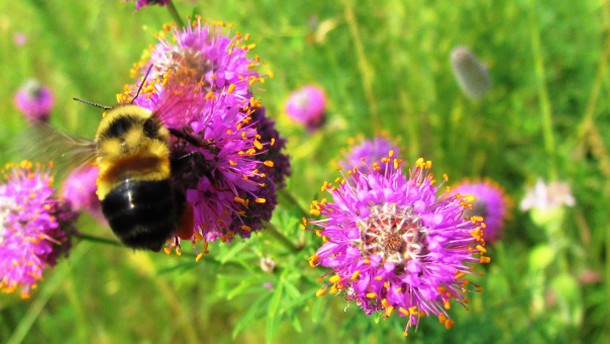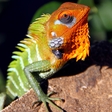
The rusty patched bumble bee became the first wild bee in the continental United States to gain federal protection, when it was added to the government's list of endangered and threatened species.
Bumble bees are key pollinators of crops such as blueberries and cranberries, and are almost the only insect pollinator of tomatoes in the United States, according to the U.S. Fish and Wildlife Service. "Our top priority is to act quickly to prevent extinction of the rusty patched bumble bee. Listing the bee as endangered will help us mobilize partners and focus resources on finding ways right now to stop the decline," explained Service Midwest Regional Director Tom Melius.
Once common and abundant across 28 states from Connecticut to South Dakota, the District of Columbia and two Canadian provinces, the rusty patched bumble bee has experienced a swift and dramatic decline since the late 1990s. Abundance of the rusty patched bumble bee has plummeted by 87 percent, leaving small, scattered populations in 13 states and one province.
"The rusty patched bumble bee is among a group of pollinators – including the monarch butterfly – experiencing serious declines across the country," Melius said. "Why is this important? Pollinators are small but mighty parts of the natural mechanism that sustains us and our world. Without them, our forests, parks, meadows and shrublands, and the abundant, vibrant life they support, cannot survive, and our crops require laborious, costly pollination by hand."
Like other bees, rusty patched bumble bees pollinate many plants, including economically important crops such as tomatoes, cranberries and peppers. Bumble bees are especially good pollinators; even plants that can self-pollinate produce more and bigger fruit when pollinated by bumble bees. Each year, insects, mostly bees, provide pollination services valued at an estimated $3 billion in the United States.
Inspired to be a part of the solution to help the honeybees in your community? There is something you can do. Plant a variety of bee friendly flowers in your yard, don't use any pesticides, buy real local honey, and don't exterminate bees. Simple as that, isn't it?
.



